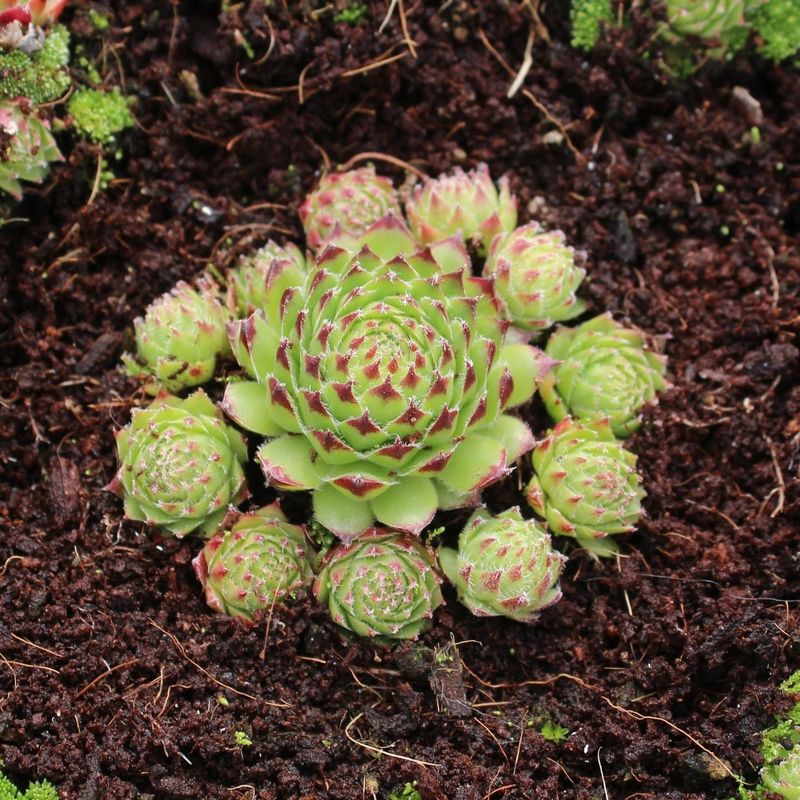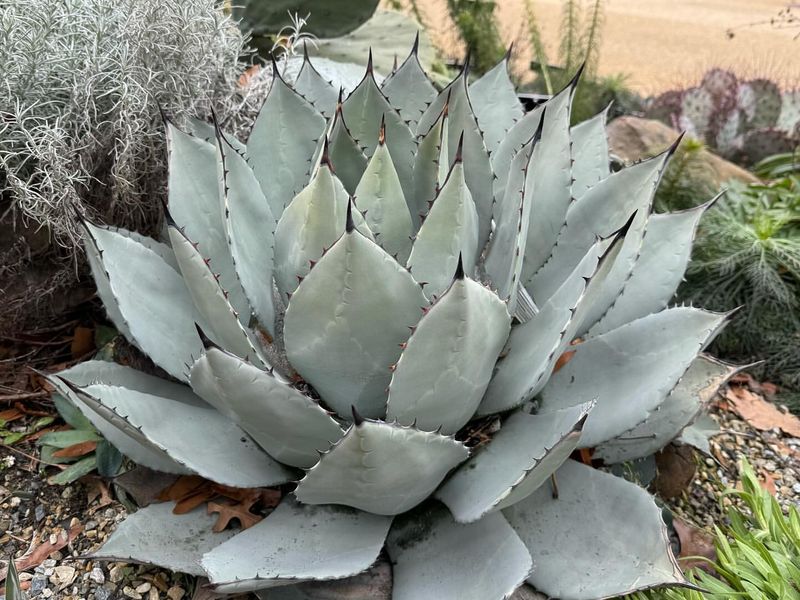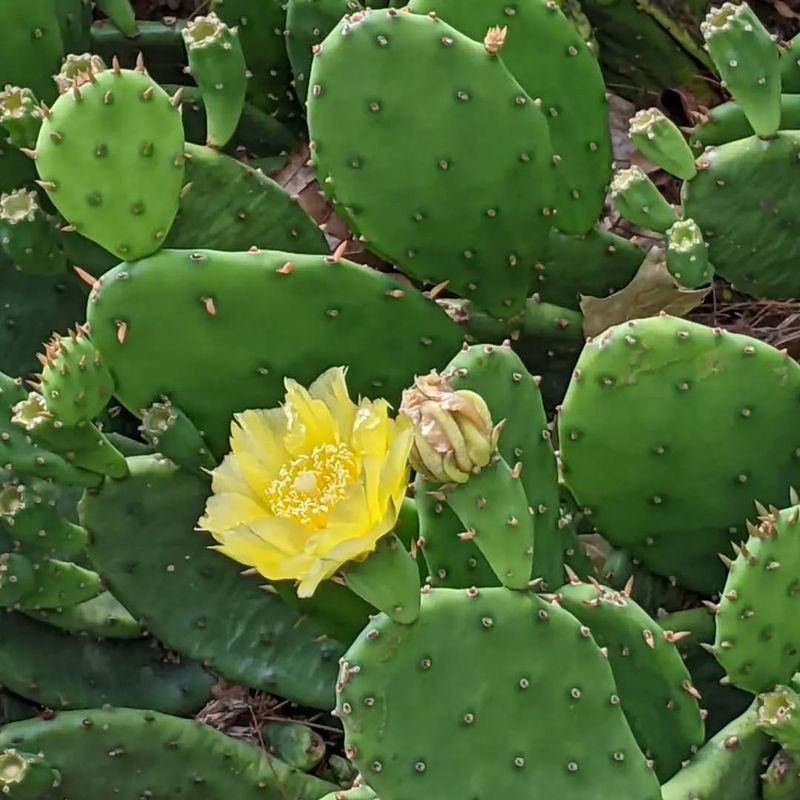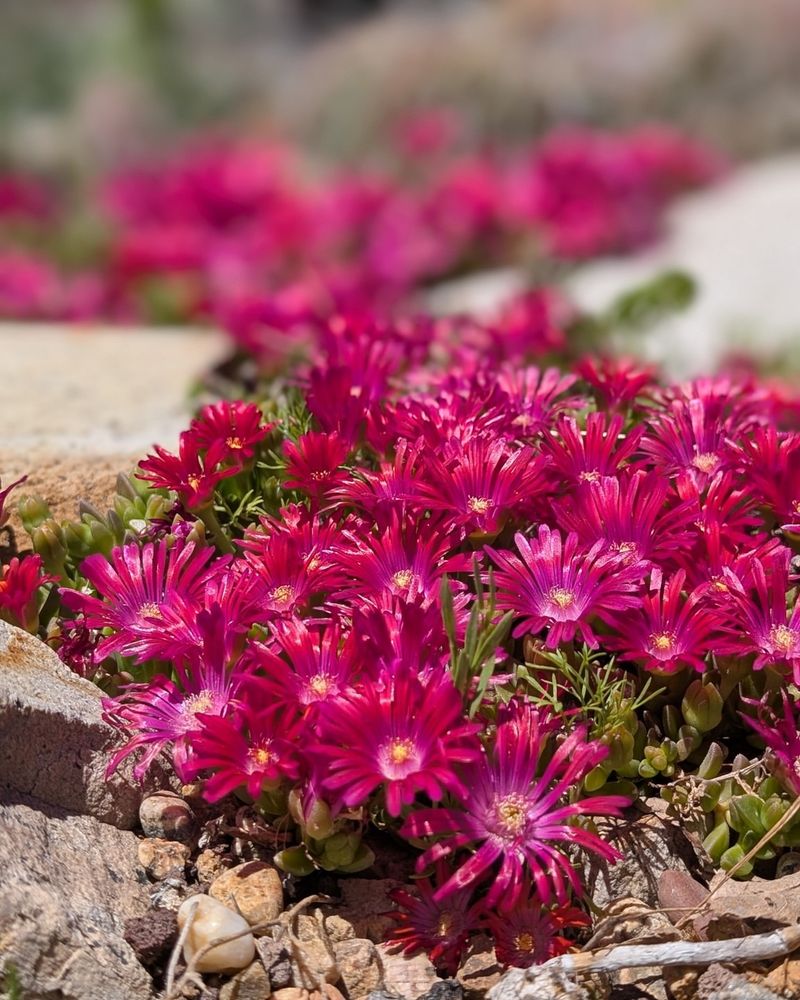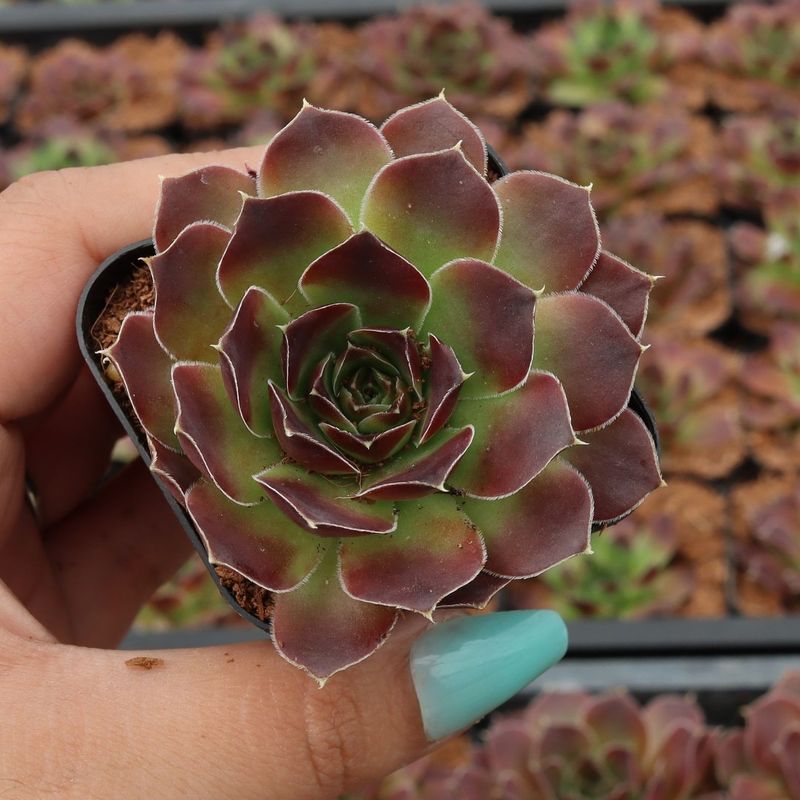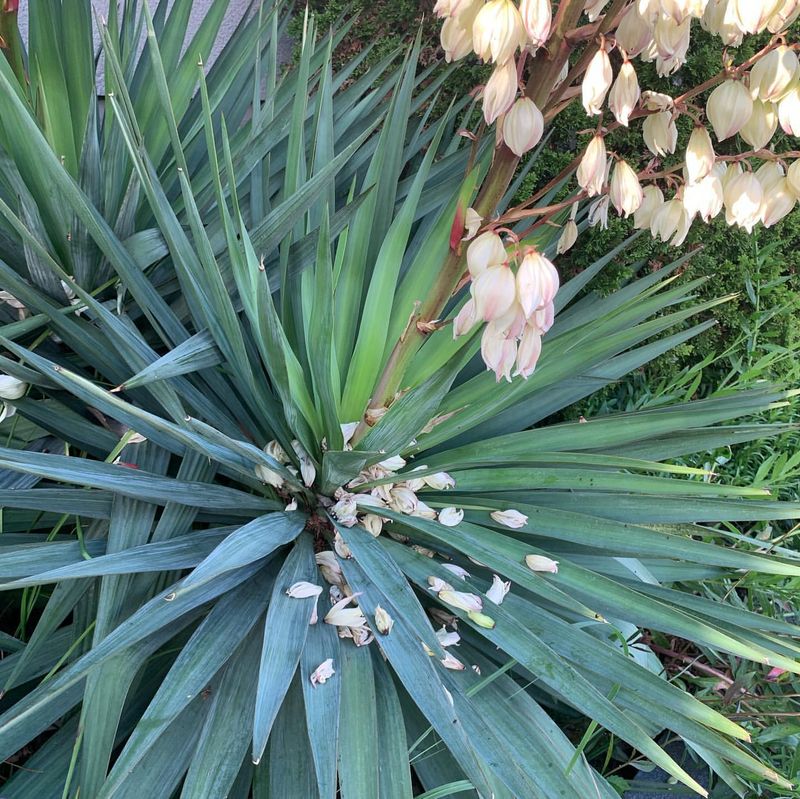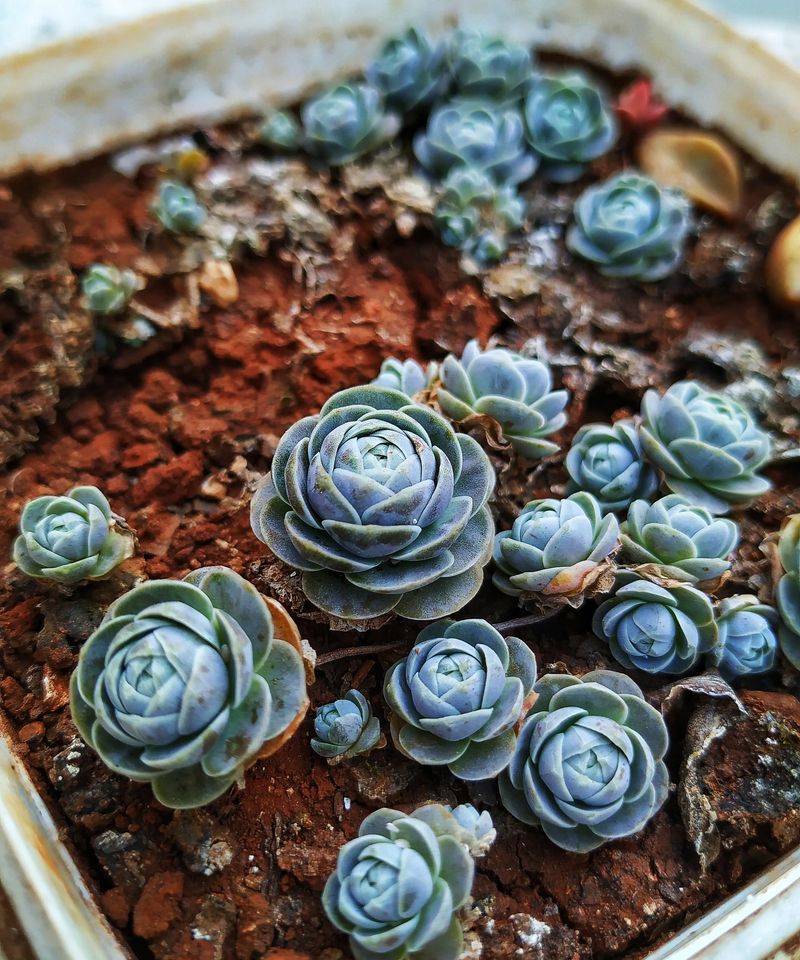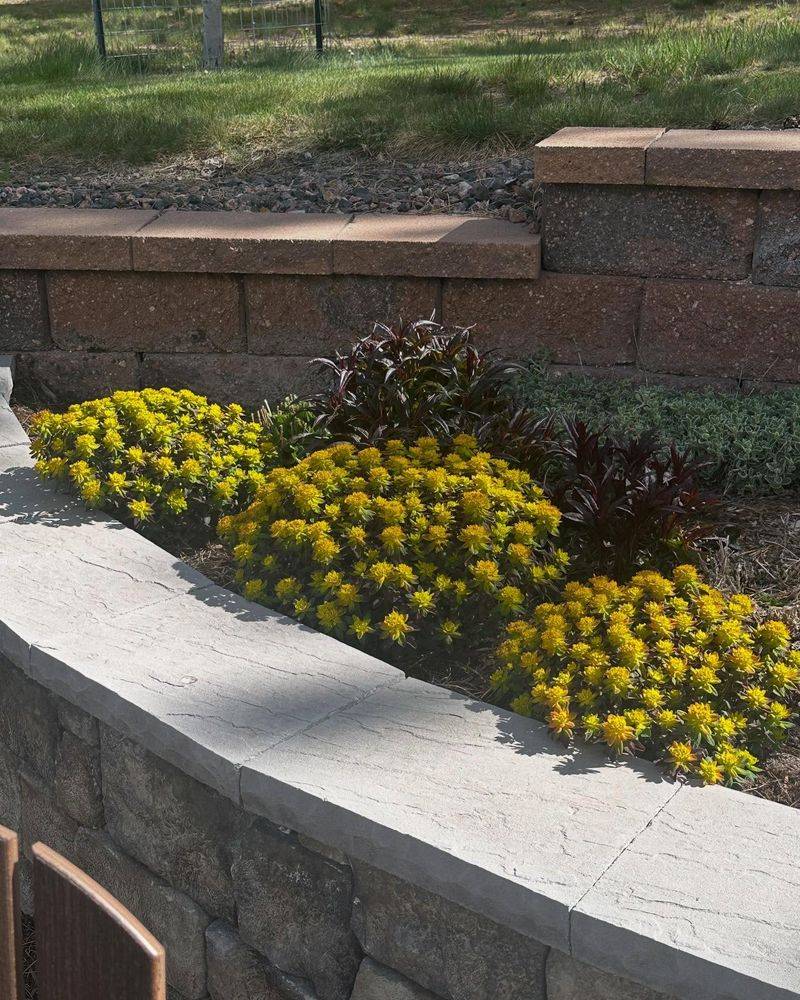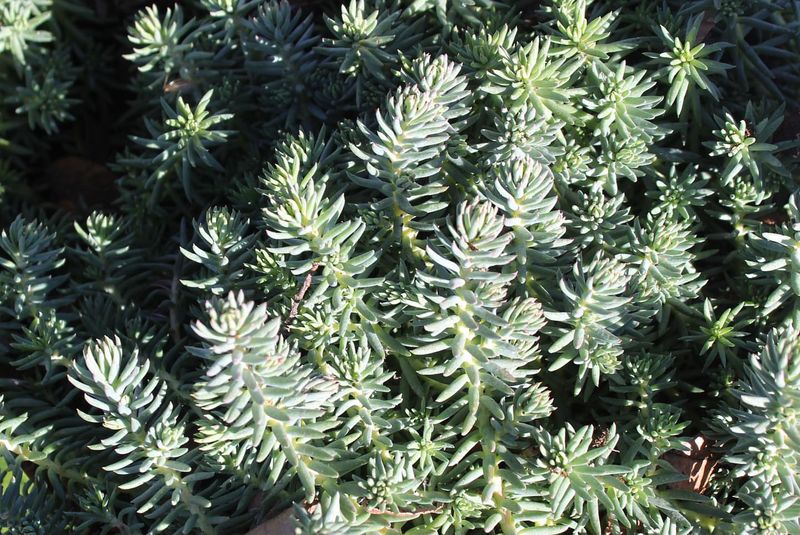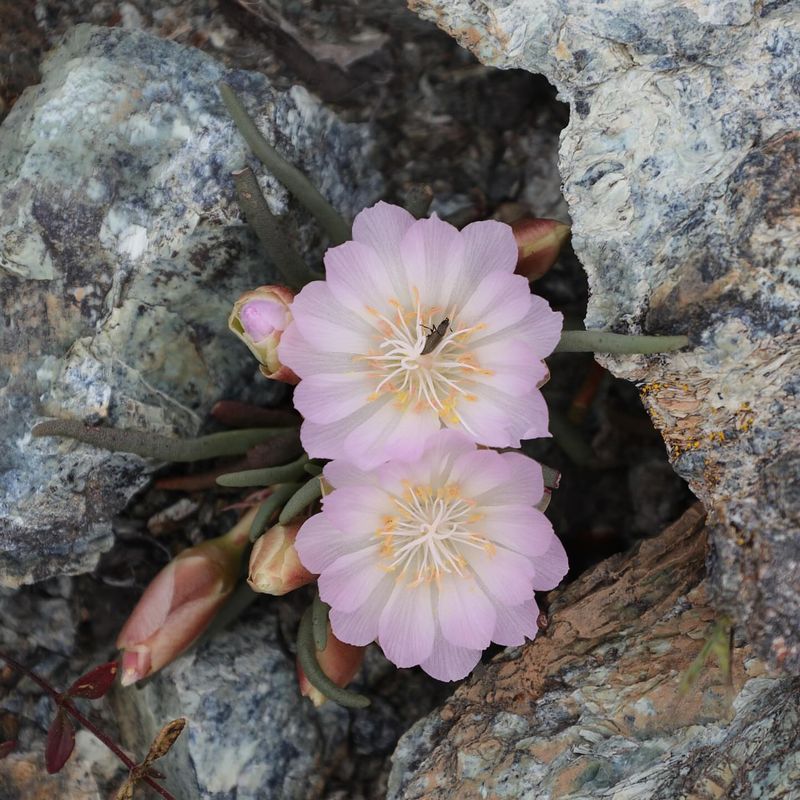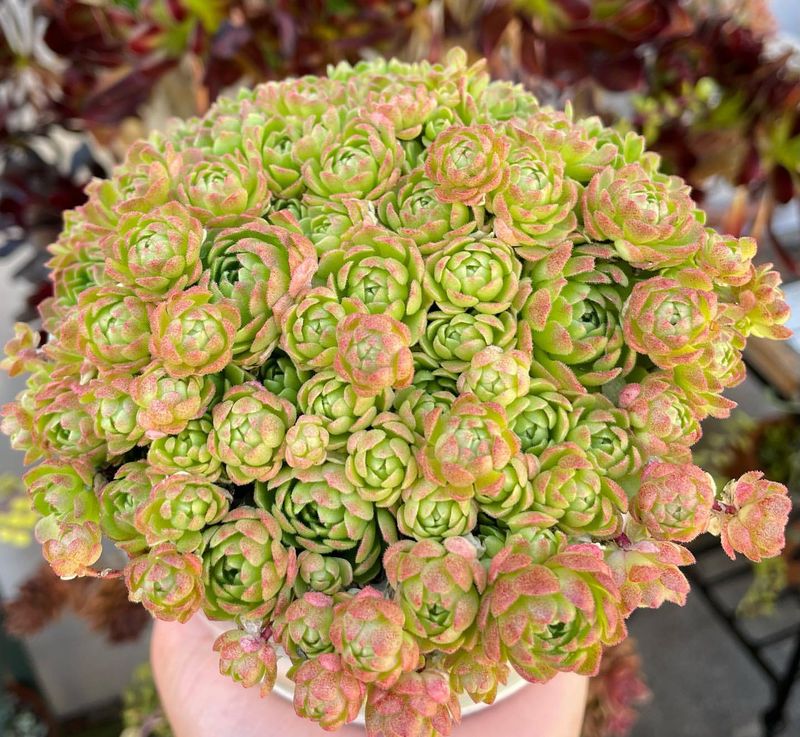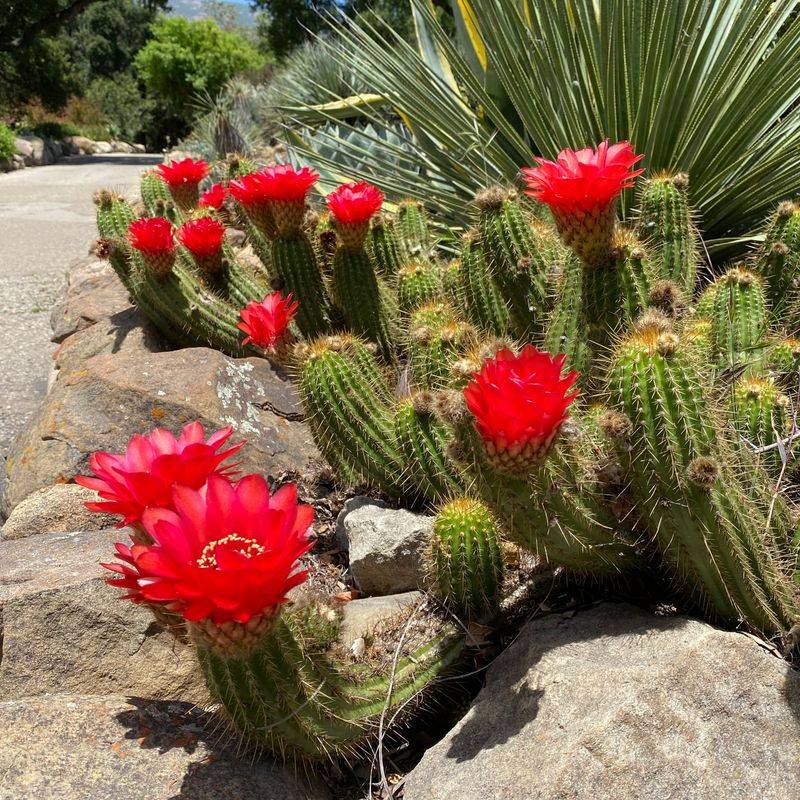Colorado winters can be tough on plants with their freezing temperatures and unpredictable snowfall. Surprisingly, some succulents thrive in these harsh conditions, bringing year-round beauty to your garden.
These cold-resistant varieties can withstand Colorado’s winter challenges while adding unique textures and colors to your outdoor spaces.
1. Sempervivum (Hens and Chicks)
Mountain-born and winter-tough, Sempervivum can survive temperatures as low as -30°F! Their rosette shapes come in various colors from green to deep purple, creating living mosaics in your garden. Plant them in well-draining soil and sunny spots for best results.
The mother plant (hen) produces numerous offsets (chicks) that create beautiful clusters over time, perfect for rock gardens and containers.
2. Sedum ‘Autumn Joy’
Stunning star-shaped flowers crown this hardy perennial in late summer, transforming from pink to copper as fall approaches. When winter arrives, the dried flower heads create beautiful frost-covered sculptures in your garden.
Growing up to 24 inches tall, ‘Autumn Joy’ provides vertical interest and attracts butterflies. The thick, water-storing leaves help it sail through Colorado’s dry spells with minimal fuss.
3. Agave parryi (Parry’s Agave)
Bold blue-gray rosettes make Parry’s Agave a dramatic garden centerpiece. Native to high elevations in the Southwest, it shrugs off Colorado’s winter temperatures down to -20°F with barely a complaint. Unlike many agaves, this variety stays compact at 1-2 feet tall and wide.
Be mindful of its sharp leaf tips when placing near walkways. Given proper drainage, Parry’s Agave will grace your landscape for decades.
4. Opuntia (Prickly Pear Cactus)
Yellow flowers pop against green paddle-shaped pads in summer, followed by purplish fruits that attract wildlife. Native to Colorado’s foothills, Opuntia species laugh in the face of winter, tolerating temperatures well below zero.
Prickly pears need absolutely no supplemental water once established. Position them in full sun with excellent drainage. Despite their tough nature, the spring blooms are surprisingly delicate and beautiful.
5. Delosperma (Ice Plant)
Carpets of dazzling daisy-like flowers in hot pink, purple, or yellow blanket these ground-hugging succulents in spring and summer. Colorado gardeners love Delosperma for its ability to withstand both summer heat and winter cold down to -20°F.
Originally from South Africa, certain varieties have adapted wonderfully to Rocky Mountain conditions. Plant Ice Plants on slopes or in rock gardens where drainage is excellent and they can spill over edges for maximum visual impact.
6. Jovibarba heuffelii (Rollers)
Often mistaken for their Sempervivum cousins, Jovibarba heuffelii brings unique personality to winter gardens. Their tight rosettes feature pointed leaves in shades of green, red, and purple that intensify during cold weather.
Unlike Hens and Chicks, Rollers don’t produce offsets on stolons. Instead, they split from the center to create new plants. Extremely cold-hardy to -30°F, they thrive in rocky crevices and containers where other plants struggle.
7. Yucca filamentosa (Adam’s Needle)
Sword-like evergreen leaves form dramatic rosettes that stand out against winter snow. During summer, Adam’s Needle sends up impressive 5-foot flower stalks topped with creamy white blooms that attract hummingbirds.
Ancient indigenous peoples used yucca fibers for rope and weaving. Today, this architectural plant serves as a year-round focal point in Colorado gardens. Unfazed by temperatures down to -30°F, it requires almost no maintenance once established.
8. Orostachys (Dunce Caps)
Resembling living pine cones, Orostachys forms geometric rosettes that develop into pointed conical shapes. Their silvery-green coloration provides subtle beauty in rock gardens year-round. After several years of growth, these unusual succulents produce tall flower spikes before the mother plant dies, leaving behind numerous offsets.
Extremely cold-hardy to -30°F, they prefer growing between rocks where drainage is perfect and protection from excess moisture is guaranteed.
9. Euphorbia polychroma (Cushion Spurge)
Brilliant chartreuse bracts herald spring’s arrival, creating glowing mounds of color when most gardens are just waking up. During winter, Cushion Spurge maintains a tidy dome of reddish stems and leaves that add structure to dormant landscapes.
Growing 12-18 inches tall and wide, this tough succulent tolerates temperatures to -30°F. Be aware that the milky sap can irritate skin, so wear gloves when handling. Pair with purple-leaved companions for a striking color contrast.
10. Sedum reflexum (Blue Spruce Stonecrop)
Needle-like blue-green foliage mimics miniature spruce branches, creating a whimsical ground cover that survives Colorado’s harshest winters. Yellow star-shaped flowers appear in summer, attracting beneficial pollinators to your garden.
Blue Spruce Stonecrop remains attractive year-round, even under snow. Plant it between stepping stones or let it cascade over walls. This tough little succulent tolerates poor soil and thrives with minimal attention in zones 3-9.
11. Lewisia (Bitterroot)
Montana’s state flower brings alpine beauty to Colorado gardens with its candy-colored blooms in spring. The rosettes of fleshy leaves remain evergreen through winter, adding year-round interest to rock gardens.
Native to high mountain regions, Lewisia handles cold temperatures down to -20°F with ease. The key to success is sharp drainage – plant in gravelly soil or crevices between rocks. Morning sun with afternoon shade provides ideal growing conditions for this mountain-loving succulent.
12. Rosularia
Lesser-known cousins to Sempervivum, Rosularia forms tight rosettes of pointed leaves in soft green to grayish hues. Small star-shaped white or yellow flowers appear on short stems in summer. Originally from mountainous regions of Turkey and Central Asia, these diminutive succulents handle Colorado winters with temperatures down to -20°F.
Perfect for troughs, fairy gardens, or tucked between rocks. Their small size (1-3 inches across) makes them ideal for collectors with limited space.
13. Echinocereus (Hedgehog Cactus)
Native to Colorado’s western slopes, Hedgehog Cactus brings spectacular spring flowers in vibrant pink, purple, or red. The cylindrical stems covered in spines create interesting texture year-round and turn slightly purple in winter cold.
Several species, including E. triglochidiatus, can handle temperatures down to -20°F when grown in well-draining soil. Unlike desert cacti, these mountain natives appreciate occasional moisture during growing season. Their brilliant blooms are disproportionately large compared to the plant size.


